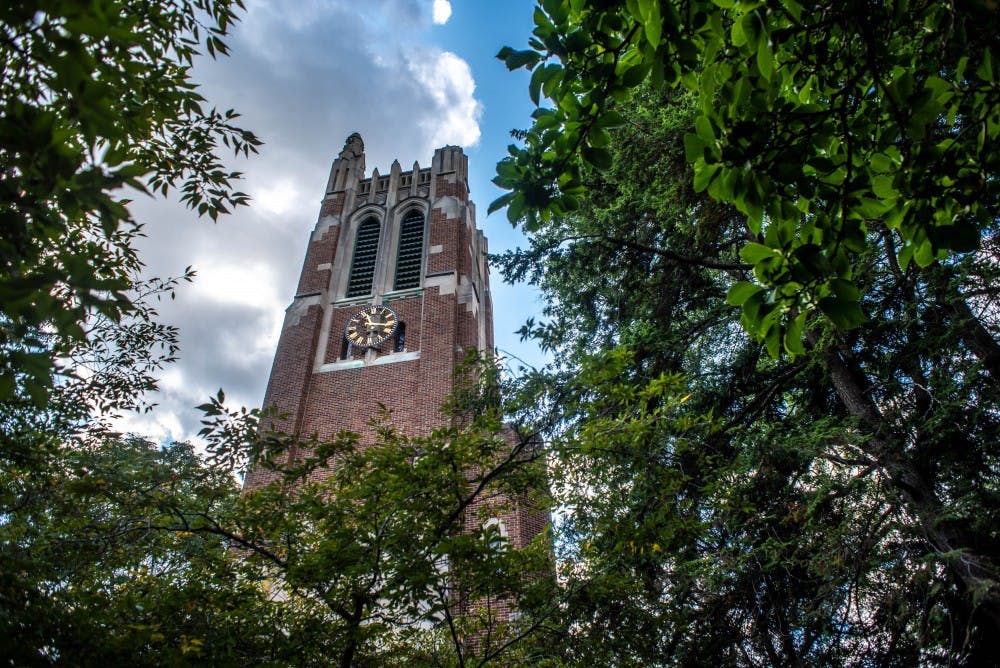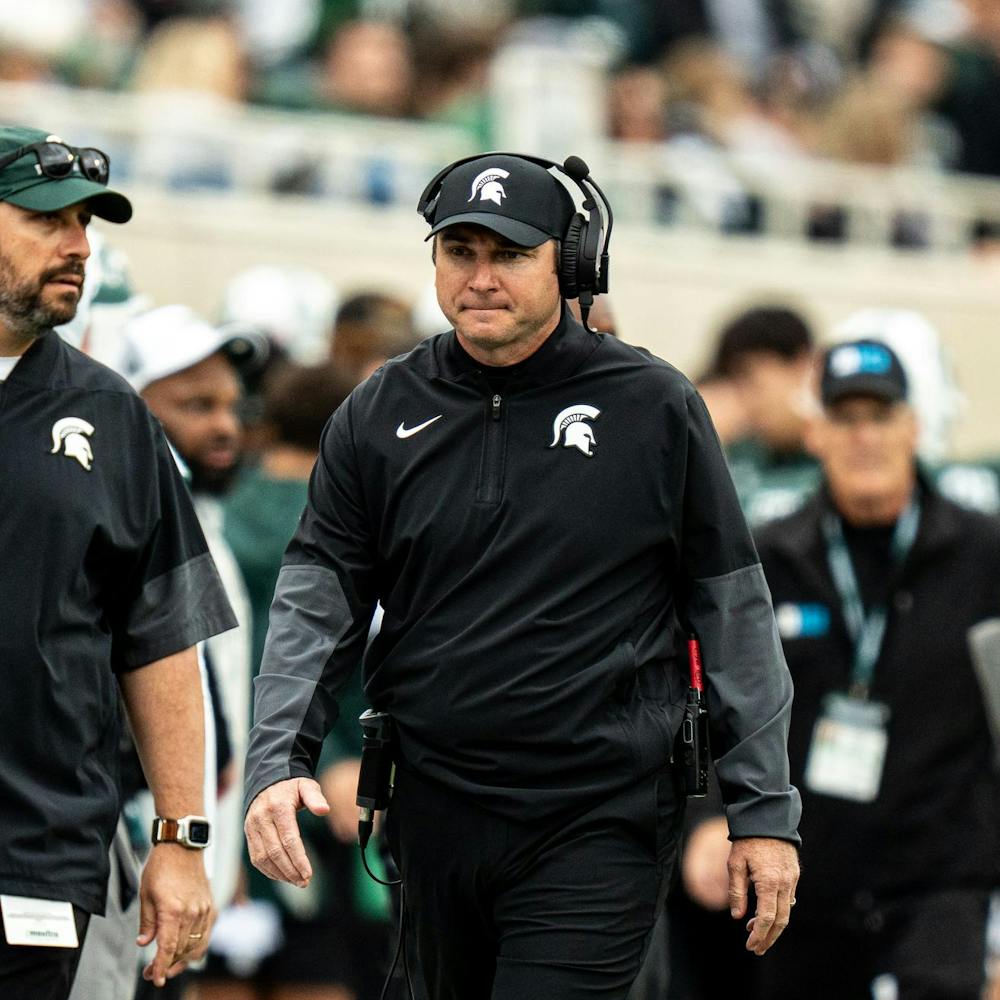Let’s call things what they are, Michigan State.
When two black students find nooses taped to their dorm room door, it’s not a “Halloween prank.” The fact that MSU’s Residence Education and Housing Services, or REHS, initially accepted the explanation of the perpetrators — that the toilet paper they taped to the door wasn’t intended to look like a noose — tells the student body at large that MSU values its racists on campus more than its students of color.
MSU needs to hold people accountable for acts of discrimination. Racism on campus is inexcusable in every instance, it’s not a joke or a prank.
This recent incident isn’t an isolated one on campus.
In 2011, a black doll was hung in a noose in the Biochemistry Building and racist writing was found on the dorm doors of black students, and in 2017 a noose later dismissed by police as a “packaged shoelace” was found hanging in a dorm.
There is a history of racism on this campus, and pretending each instance is isolated is dismissive.
There is an ongoing Office of Institutional Equity, or OIE, investigation into the most recent incident, but given REHS’s rhetoric about what happened, it feels unlikely we’ll see real accountability.
The investigation will happen behind closed doors, but the protocol they follow is found online.
OIE’s standards of assessing incidents like these fall into three levels. Level one is a single nonviolent incident in which a member of a protected group is targeted for abuse. Level two is physical intimidation, threat of physical violence, or multiple bias incidents. Level three is an act of violence.
Anything categorized as levels two or three are sent to the Bias Incident Response Team, or BIRT, which includes MSUPD, the Title IX Coordinator, the OIE Director, and more.
RELATED: MSU community responds to racial discrimination incidents at community forum
RELATED: MSU Sona survey features racist content, President Stanley responds
RELATED: REHS sends apology email after calling racist incident on campus a 'Halloween prank
This makes the distinction between level one and two the most important distinction, because it determines how the investigation is handled further. The distinction between these levels is weak at best.
Ultimately, most nonviolent racist incidents are threats of physical violence.
While this most recent incident is technically nonviolent, it refers to lynching, making it a threat of physical violence. Despite this, it will likely be counted as level one in the OIE investigation because it lacks an explicitly worded threat, meaning the investigation doesn’t need to involve the BIRT, keeping the investigation in OIE.
Students feel they can get away with acts of racism because they’ve seen the pattern of MSU not holding them accountable and enacting zero consequences.
REHS made a “Pledge and Promise” to uphold diversity, inclusion and equity, and has even launched a campaign framed as “Hate Has No Home Here.” Yet, when hate was placed on the dorm door of a Spartan, the university framed it as a “Halloween prank.”
The culture cultivated in this university is influenced by the way it’s run. There needs to be change.
The State News Editorial Board is composed of Editor-in-Chief Madison O’Connor, Managing Editor Mila Murray, Copy Chief Alan Hettinger, Campus Editor Kaitlyn Kelley, City Editor Evan Jones, Sports Editor Paolo Giannandrea, Photo Editor Sylvia Jarrus, Multimedia Editor Haley Sinclair, Social Media and Engagement Editor Wolfgang Ruth, Staff Representative Matt Schmucker and Diversity and Inclusion Representative Edwin Jaramillo.
Support student media!
Please consider donating to The State News and help fund the future of journalism.
Discussion
Share and discuss “EDITORIAL: Racism needs consequences at MSU” on social media.







